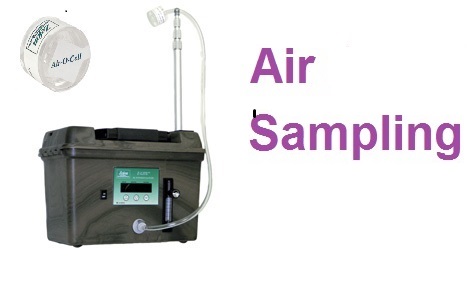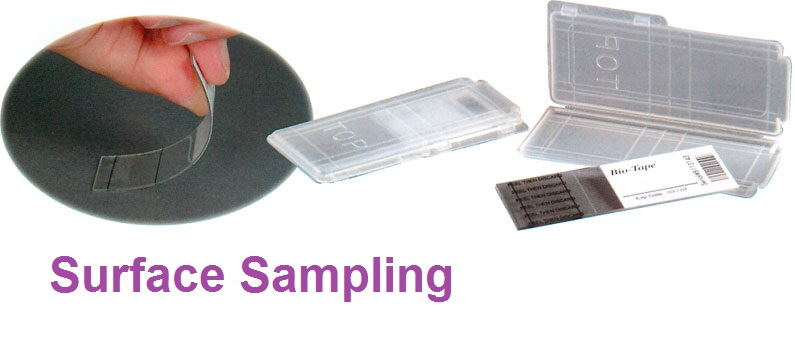Ruskin FL Mold Inspection And Testing
Mold Inspection Ruskin FL
Mold is becoming a bigger problem among today’s home and business owners everywhere with so many people having mold related allergies and health issues.
The TampaBayMold.net Way
At TampaBayMold.net we use conduct a  comprehensive mold inspection from limited area mold testing to a whole house assessment. Most of our mold inspections are non-invasive. All inspections start with an interview followed by a walk-thru so areas of concern can be determined. Communication is critical with our customers so we may answer any questions they may have and educate them on mold and how they can prevent it in the future.
comprehensive mold inspection from limited area mold testing to a whole house assessment. Most of our mold inspections are non-invasive. All inspections start with an interview followed by a walk-thru so areas of concern can be determined. Communication is critical with our customers so we may answer any questions they may have and educate them on mold and how they can prevent it in the future.
TampaBayMold.net offers :
- Initial Mold Inspections
- Post Remediation Verification Mold Inspections
- Mold Assessments and Mold Testing
Mold Inspections at TampaBayMold.net include :
- Visual Inspection
- Humidity and Temperature Readings

- Moisture Meter Readings
- Air Samples(If applicable)
- Surface Samples(If applicable)
- Infrared/Thermal Imaging Scan (If applicable)
- Detailed Mold Inspection Report Including Digital Photos and Certified Laboratory Results (24 hour turnaround time available on lab results for an additional fee)
Mold Testing Ruskin FL
Times when mold testing in Ruskin FL should be considered:
- You discover a leak that has existed for more than 24-48 hours
- You suspect mold but do not see any visible mold growth.
- After any water intrusion or flooding
- When you want to determine if mold is growing in your home
- Unexplained stains appear on walls, ceilings and/or furniture
- Suspected mold is found on a home or building inspection
- Your home or building have an unusual smell
Mold FAQs
What is Mold?
Molds are a large and diverse group of fungal species in which the growth of hyphae results in discoloration and a fuzzy appearance.. This includes fungi such as mushrooms and yeasts.Mold is often times referred to as mildew when true mildew is a fungus that grows on living plants. Molds cause decomposition of natural materials, which can be undesirable when it becomes rotten food or damage to property. They also play important roles in biotechnology and food science in the production of various foods, beverages, antibiotics, pharmaceuticals and enzymes. Some animal diseases and humans ones can be caused by particular molds: health problems can be caused from allergic reaction to mold spores, from growth of pathogenic molds inside the body, or from ingested or inhaled toxic compounds (mycotoxins) created by molds
How do I know if I have Mold?
Mold can be found in several places in the home environment. It grows most often in moist or wet areas. A musty odor may also be apparent. Mold begins to grow indoors when mold spores land on surfaces that are wet or damp. Mold will not grow without water or moisture. Therefore, it is important to dry out wet or moist areas within 24 to 48 hours to prevent mold growth.Some examples of places where mold can be found inside the home include:
- Crawl Spaces, kitchens (bottom of fridge), around bathroom vanities, washer/dryer area, air handling unit
- The underside of carpets and pads.
- Surface of walls behind furniture (where condensation forms)
- Ceilings and the top side of ceiling tiles.
How to get rid of mold in a crawl space? Crawl Space Mold Causes?
When moisture problems or water damage occur mold can grow within 24 – 48 hours. Since molds can grow on most natural building materials or things containing cellullose, water is the factor that limits mold growth. Molds will often grow in damp or wet areas indoors or underneath a home if there is significant intrusion of humid air coming from the outside such as a crawl space. Keeping a crawl space dry by dehumidification can prevent mold growth from initially occuring from excessive humidity or prevent it after existing mold is removed.
What does mold need to grow?
Mold requires moisture or water and a surface to grow on. High relative humidity, typically more than 60% may also provide an ample source of moisture for mold growth. At more than 70% mold will begin to germinate in 24-48 hrs. Substrates such as wood, wallboard, ceiling tiles, carpet, wallpaper, paneling and leather items are favorite breeding grounds. Basically any cellulose or porous material will do.
What does mold look like? What does black mold look like?
Mold can look white, gray, black, brown, yellow or greenish. Mold colonies may appear cottony, velvety, granular, leathery and glassy.
What can I do to protect against mold? How can I remove mold from walls?
It is impossible to completely eliminate all mold spores indoors. Mold will always be found floating in the air and in house dust. Indoor mold growth can be prevented by controlling water and moisture in indoors. The following may prevent or reduce indoor mold growth:
- Repair all water leaks & moisture problem areas.
- Provide good air circulation.
- All HVAC systems should have a good electrostatic filter on the return.
- Insulate and ventilate attic & crawl space areas.
- Clean, Dry or remove items that are damaged by water immediately.
- Real Estate deals Do Not have to be broken. If the home you are thinking about purchasing has mold do not panic. you can remove unusual mold levels from the home and bring it back to it’s original condition.
Should I have my home Inspected?
Due to the growing concerns of mold in the home and the affects on health, Mold inspections are becoming a common practice. You should not buy a home or live in a home with mold. A mold inspection is your first line of defense! (FAQ)
What is involved in a mold inspection?
A general mold inspection in Ruskin FL begins with a visual inspection of a home to determine if you have mold or the potential for mold growth in the future. Mold inspections can include the following:
- Evaluate existing mold in the home.
- Investigate environmental conditions causing mold to grow.
- Identify moisture intrusion for mold.
- Identify problem areas of possible mold intrusion/contamination.
- Provide digital photos of problem areas.
- Provide report to include the following; areas inspected, findings, lab results, potential and problem areas, assessment of existing mold, general recommendations and preventative maintenance.
How will the mold inspection determine the environmental condition of the home or building?
Through the course of the inspection the Inspector will offer their observations of suspected problem locations or potential problem areas which may suggest that further laboratory analysis is needed. This may range from sampling the air to surface sampling the suspected fungi. If samples are taken they are sent to a microbiology lab for analysis. Depending on the sample taken, normal turn around times are from 48 – 72 hours.
